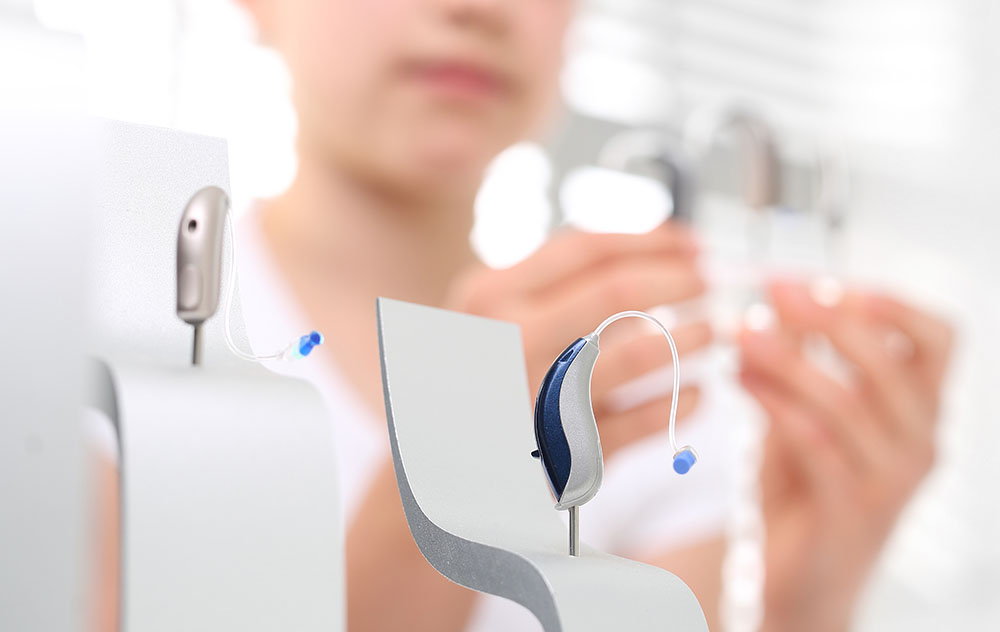
Choosing the Right Hearing Aids
Even when you recognize that you’re not hearing as well as you used to, it can be a little tough to finally decide to buy hearing aids. When you do an online search, it seems that the choices are endless! But don’t put the cart before the horse! You need some expert advice when it comes to choosing the right hearing aids for fit and price. Your audiologist can help you by performing a thorough hearing exam, analyzing the results and working with you to choose the best units for your lifestyle and budget.
Understand what hearing aids do
Digital hearing aids amplify sounds and adjust frequencies to make it easier to hear. Hearing aids cannot reverse hearing loss. The units have tiny microphones that analyze sound and convert it to digital audio. Small speakers in the units send the sound to the inner ear and the brain.
Types of hearing aids
There are many styles of hearing aids available. Your choice depends on budget, lifestyle and degree of hearing loss.
Some people prefer hearing aids that are virtually undetectable. These are called Invisible-in -canal hearing aids. Just as the name implies, these sit inside the ear canal. Because they are small, there are fewer options than larger hearing aids. People with mild to moderate hearing loss may be able to wear this style.
The next larger size of devices is known as in-the-ear hearing aids. These offer a custom-fit in the outer portion of your ear. They are a bit larger than in-the-canal hearing aids and usually have volume controls, directional microphones and a longer battery life. People with mild to severe hearing loss may wear these hearing aids.
A very common style of hearing aids is worn behind the ear. These units sit behind the ear and hook over the top. A tube connects the hearing aid to an earpiece that goes in the ear canal. These devices may offer more features and greater amplification and work for any type of hearing loss.
Special features
Many hearing aids offer noise and feedback reduction, directional microphones and gain control. These features can help in noisy situations. Some hearing aids come equipped with Bluetooth, offering wireless connections to telephones, television or mp3 players. Telecoil switches are used for telephone conversations and allow the user to flip a switch to bypass the microphone, sending sound directly to the processor. Some hearing aid styles offer rechargeable batteries.
When it comes to choosing the right hearing aids, your degree of hearing loss plays a role. Size and cost also are factors. Your audiologist will help you determine the best type of hearing aid for your budget and lifestyle.

